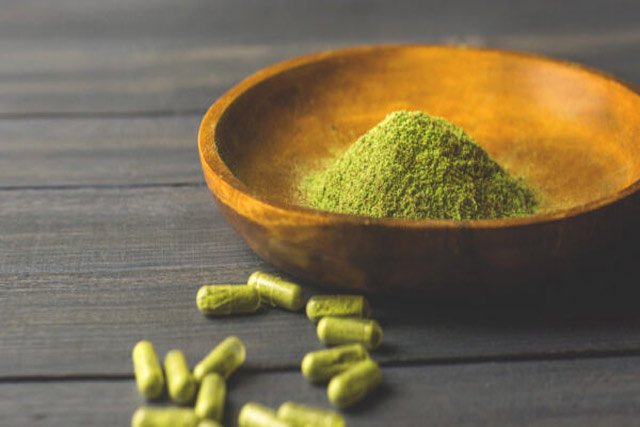Do you find it difficult to get the most out of your kratom product? With so much conflicting advice online and no official guidelines on how to take kratom, I wouldn’t be surprised if you answered yes. That’s why I’m here to simplify matters!
Getting the maximum out of kratom involves picking a strain and product type suitable for your needs, potentiating it, and finding an appropriate dose. Popular kratom strains include Bali, Thai, and Malay, which come in red, white, and green veins. Turmeric and cat’s claw are good examples of potentiators.
In this post, I’ll take you on a whistle-stop tour through the different kratom strains and veins available and the best potentiators. I’ll also give you tips on finding your ideal dosage. But let’s start with five common ways.
Common Ways to Take Kratom
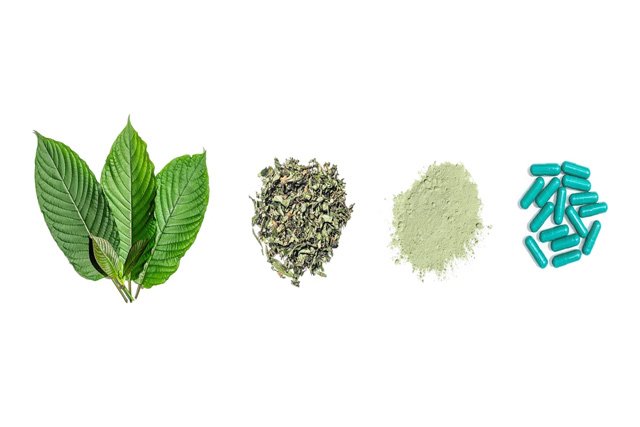
Every method of consumption comes with advantages and disadvantages. You may be looking for a specific effect, or perhaps your favored product will come down to personal preference.
Kratom Powder
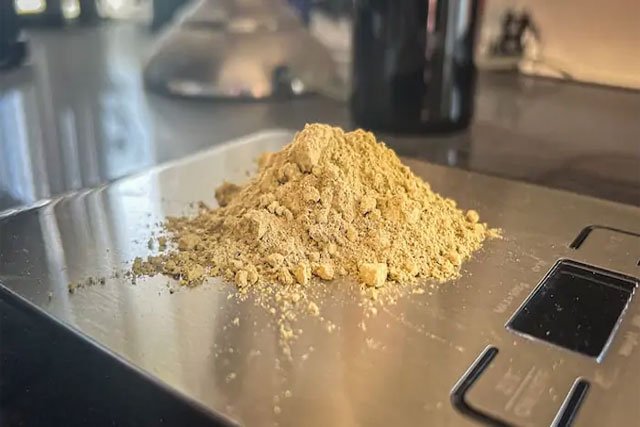
The toss-and-wash approach is ideal when you need a fast-acting hit.
The alkaloids absorb quickly into your bloodstream, where they can travel around the body and have a therapeutic effect.
Due to its low manufacturing cost, the powder gives you the most kratom for your dollars.
Tossing and washing kratom works as it sounds. You’ll need a powdered product to enjoy kratom in this way. Follow these steps:
- Scoop kratom powder into your mouth using a measuring spoon
- Swig some water–flavored if you don’t like kratom’s bitter taste
- Swill the powder and water around vigorously in your mouth
- Swallow and repeat if necessary.
However, not everyone finds the art of tossing and washing easy to perfect. Some find the dry powder uncomfortable in their mouth, while others can’t stand the powder’s bitter taste. It’s also hard to measure out a precise kratom dosage.
Tossing and washing suit me – but I have been using kratom for several years! If you master this method, you’ll probably grow to love its simplicity and the lightning speed of effects. If not, there are plenty more options available.
Red Bali Kratom Capsules
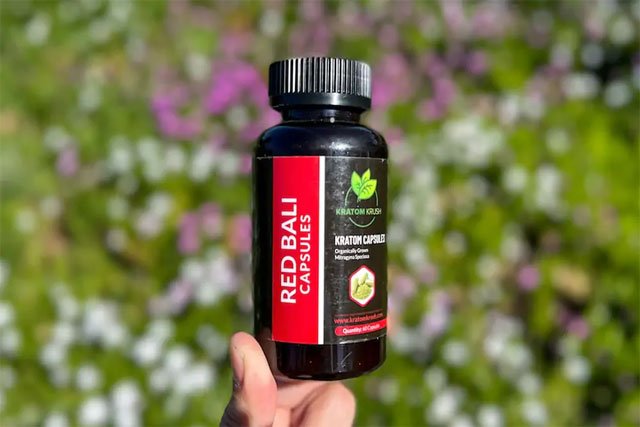
If you don’t enjoy the bitter taste contained in kratom powder, I have great news for you.
Kratom capsules are the perfect way to bypass the bitterness.
Choose from a wide variety of strains that best suit you.
With capsules, you can mask the taste and dose up in a flavor-free fashion. If you struggle with bitterness, the best type of product is capsules, which also give you a precise dosage time after time.
But you must prepare for a slower onset of effects. Since the kratom is sealed within the capsule, the alkaloids can’t start getting to work until your stomach breaks the cap down. You may be waiting up to an hour for your kratom capsule to kick in, although it will last longer.
Hard capsules can be laborious to swallow – this is a problem with kratom since each dose requires taking several of them. The 000-size is the largest commercially available capsule, but it only holds 1000mg (1g) of extract.
You may need six capsules or more in a single sitting if taken for relaxation and pain relief. While swallowing with water can help, some people still can’t get on with capsules. If you require high dosages, consider another method.
Tea
Another much-loved method of consuming, infused teas are warming, less bitter than other options, and can be flavored to your liking. Here’s how I go about brewing kratom tea with a powdered product like Red Maeng Da:
- Heat water in a saucepan until it’s nearly boiling
- Add a potentiator to the water, such as lemon or grapefruit juice.
- Mix in the kratom powder, stirring to remove clumps
- Allow the infused tea to simmer for 15 to 20 minutes
- Strain the tea using a coffee filter to siphon off any undissolved powder.
- Add sugar, honey, stevia, or another sweetener to improve the flavor.
- Drink and enjoy!
Kratom Tinctures

Although tinctures are not as popular as the previous ways of ingesting kratom, they’re extremely effective and convenient.
You can carry it with you everywhere, consume it in a matter of seconds, and feel the effects within minutes.
If regular-strength products aren’t delivering adequate relief, consider taking things up a notch with tinctures. These are much more potent than standard offerings and are not for first-timers.
Tinctures still have the same bitter taste, but they are easy to use. Oils have a dropper fitted to the bottle cap that fills with a set amount of extract, allowing you to adjust your dosage by the milligram.
High-dose tinctures are efficient, producing potent effects and speedy relief. However, the increased strength heightens the risk of addiction. If using tinctures, monitor your dosage daily and take tolerance breaks every few weeks.
Chewing Leaves
Enjoy it traditionally by chewing leaves. While still a rarity in the Western world due to the lack of US vendors selling loose leaves, chewing remains popular in Southeast Asia.
Chewing leaves have plenty in common with tossing and washing kratom. The alkaloids pass rapidly into your bloodstream since you’re consuming them directly rather than in a capsule.
But the coarse leaves are a chore to chew and leave you with an explosive bitter aftertaste that lingers long after finishing chewing. If you can get hold of leaves, this old-school method is worth trying – but don’t count on it becoming your favorite.
What is Kratom?
Its products come from the leaves of the kratom (Mitragynina speciosa) tree, which is native to Southeast Asia. It is part of the Rubiaceae family of flowering plants, which includes coffee.
A tropical evergreen tree, kratom grows best in hot and humid jungle conditions. Most come from Indonesia, but strains have also emerged from Thailand, Malaysia, Borneo, Myanmar, and Papua New Guinea.
Kratom is well-known in Southeast Asia, having been used as herbal medicine since at least the 19th century. But the Western world was largely unfamiliar with the tree until recently.
However, kratom has fast become one of the most popular alternative medicines in the United States. The euphoric properties of its alkaloids have made it a sought-after recreational substance, too.
Kratom’s popularity comes despite the lack of scientific research and clinical trials into its benefits. Experts may be cautious, but millions are happily using it every day to alleviate pain, improve sleep, relieve anxiety, and more.
The therapeutic effects of kratom come from its alkaloids, of which there are at least 54. Mitragynine and 7-hydroxy mitragynine (7-HMG) are the alkaloids responsible for most of the plant’s effects – both act upon receptors in the opioid system.
Types of Kratom

There are more than a dozen kratom strains, including Bali, Borneo, Ketapang, Maeng Da, Malay, Sumatra, and Thai.
Each strain comes in various veins, too – red, white, or green. For example, you can purchase Red Bali kratom but also White and Green Bali kratom. Here’s what you can expect from each vein.
Red Vein Kratom: These strains initiate sedating and euphoric effects and are mostly taken for pain relief, sleep, anxiety, or recreational use. Small doses of red vein kratom may still have a stimulating effect.
Because of the potent relaxing qualities, I prefer taking red strains toward the end of the day. You don’t want to fight against the calming effects as they begin to take over – best to settle in, relax, and let the kratom work its magic!
White Vein Kratom: For an energizing and invigorating experience, try a white strain. Known for combating fatigue and boosting physical energy levels and motivation, manual laborers have long used these kratoms.
White kratom has stimulating properties like coffee, but the intense headrush may be overwhelming for some. If you’re prone to getting anxious and jittery from energizing substances, go easy on the white veins.
Green Vein Kratom: Strike a balance between the relaxing effects of red and the rejuvenating properties of white by choosing a middle-ground green vein kratom.
I like green strains because they work well in the mornings, afternoons, and evenings. They never leave me feeling edgy or tired but in a pleasant state of well-being. I could happily enjoy green kratom all day long.
Maximize Your Kratom with Potentiators
Kratom potentiators help your dose go further, giving you better value for money. Either use potentiators to make your kratom experience more intense or reduce your dose slightly and allow the potentiator to make up the difference.
There are several potentiators, with savvy users discovering more all the time. Here are my three favorites.
Citrus Juice

Acidic fruit juices like lemon and grapefruit serve as wonderful kratom potentiators and bring zingy flavorings, too! The citric acid blends beautifully with the alkaloids in kratom, enhancing overall effects.
Take a fresh lemon or grapefruit and squeeze the juice into your kratom tea as it brews or into the water you drink during tossing and washing. The chemicals in these fruit juices break down the alkaloids in kratom, boosting absorption.
Cat’s Claw
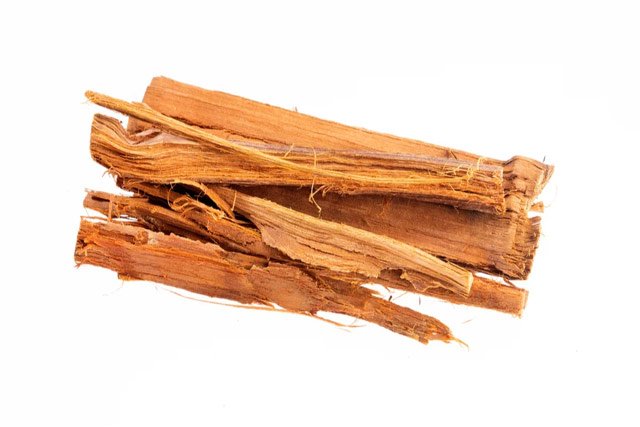
Uncaria tomentosa, or cat’s claw, is a woody vine from the Americas with a long history of herbal use. Like kratom, cat’s claw comes from the Rubiaceae family of plants – and it’s a magnificent potentiator.
Consuming a cat’s claw after a dose of kratom amplifies its pain-killing and anti-anxiety effects. However, anecdotes suggest the cat’s claw suppresses the mood-boosting and euphoric sensations that typically come with kratom.
Turmeric
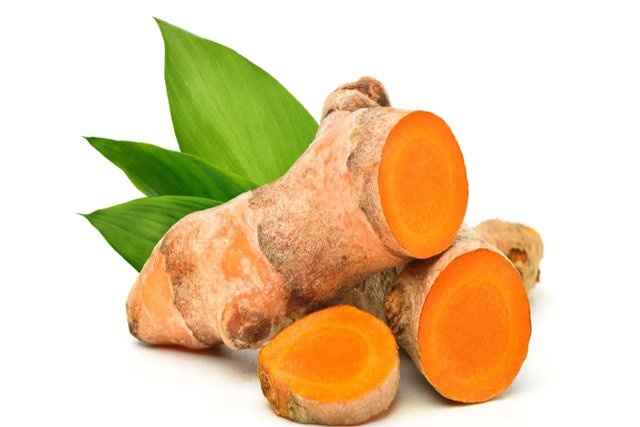
Turmeric is a spice used in cooking that’s known for its anti-inflammatory effects. But did you also know that turmeric works as a kratom potentiator? The spice enhances kratom by slowing down the enzymes that metabolize its alkaloids.
Blocking the metabolization of mitragynine and 7-HMG keeps these alkaloids in your system for longer, extending their therapeutic effects. Turmeric is also great for your general health, reducing cholesterol and protecting against viral infections.
Side Effects of Kratom
Addiction and dependence should be your primary concerns with kratom. The plant’s primary alkaloids are mu-opioid receptor agonists and function via the same chemical mechanism as many prescription painkillers.
It isn’t as likely to cause dependence, as its alkaloids are only partial mu-opioid receptor agonists. But the risk remains and only increases if you aren’t aware of it and keep upping your dosage without thinking.
Kratom withdrawal is a nasty process, causing symptoms such as muscle aches, joint pain, mood swings, and aggression. Psychotic symptoms may also occur if you have a family history of mental illness and are predisposed to psychological disorders.
Side effects include nausea and vomiting, hallucination, and breathing difficulties. It’s possible to overdose, and kratom-associated deaths have been reported – although I stress these are rare.
How to Use Kratom Safely
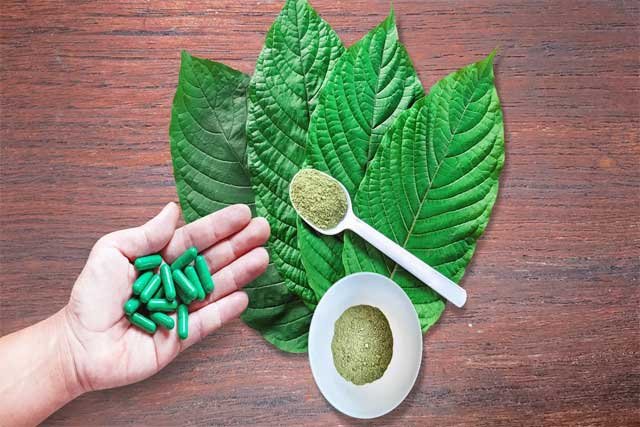
Whichever product you choose, I have some tips for staying safe and using them responsibly. While many find it beneficial, I cannot write an article without mentioning its downsides and how to avoid them.
I love and take it every day. But I’m still aware that it can cause side effects and, if used recklessly, addiction and dependence. That’s why I always endorse a cautious approach, especially for first-time users.
Rather than diving straight in with any dose and hoping it works, it’s more prudent to start with a low dosage and slowly build up.
What constitutes a low dose depends on why you’re taking it. It has stimulating effects in small doses but induces relaxation in large amounts.
If you want a fatigue-busting, energizing experience, begin with 2 or 3 grams of white vein like Thai. For a pain-killing, sedating session, try 5 or 6 grams of red vein, such as the world-famous Bali.
Go easy when increasing your dosage, and don’t worry if it takes several sessions to settle on a perfect amount. Up your dose by 0.5 or 1 gram at a time and stop as soon as the side effects start outweighing the benefits.
Keep your experiences fresh in your mind by writing down brief notes about the effects of each dose. You might think you will remember, but your brain can play tricks on you, especially if you start craving!
I find keeping a diary helpful in alerting me to increased tolerance – if I need a higher dose for the same effect, that’s my cue to take a few days off!

